Ideal Spin Rate and Launch Angle for Driver? That’s Personal!

Since Swing Dynamics launched the first launch monitor to really gain traction in the golfing world in 1996 terms like club or swing speed, ball speed, launch angle, spin rate and so forth got introduced to the game and they have taken a firm hold in golf conversations every since.
And the main reason for this is that they allowed firstly golf professionals and coaches, and now golfers of all standards, to understand what role these elements play in why players hit the ball the way they do and crucially in the modern game why they drive the ball as far as they do.
Golfers are now therefore (or at least they should be) aware that they need to drive the ball with the ideal ‘launch angle’ and ‘spin rate – in other words the right ‘launch conditions’ – to get the maximum possible distance they can off the tee.
The ideal launch angle and spin rate for the average male amateur hitting driver are 14.7º and 2300rpm according to Trackman. These optimal launch conditions are based on the average man’s club speed of 93.4mph and attack angle of -1.6º which have a big effect on the ideal mix of launch angles and spin rates for each golfer.
But while it is all very well for Trackman to talk about these launch angle and spin rate numbers for the ‘average male amateur’, as every golfer knows there is no such thing as ‘average’ in a game filled with seemingly endless variables and golf swings which are as unique to individuals as their fingerprints.
So when we come to look in depth in the remainder of this post at the ideal spin rates and launch angles for you and each individual golfer it is vital to understand that launch angle and spin rate figures, should not be looked at insolation.
Together they are often termed as ‘launch conditions’ and they undoubtedly make up 2 of the 3 key factors that determine driver distance.
That being said however it is still important that golfers understand them in the context of other key numbers that golf launch monitors now give us easy access to.
Because if you don’t you will inevitably be letting some much needed yards go begging!

Does a Higher Launch Angle Mean More Distance?
The technical definition of ‘launch angle’ in golf is as follows – it is “the vertical angle relative to the horizon of the golf ball’s centre of gravity movement immediately after leaving the club face.”
Or in much simpler terms it is the angle the ball takes off relative to the horizon.
And when it comes to golfers of all standards driving the ball as far as they can it is a hugely significant metric because in combination with ball speed and spin rate it is one of the three most important factors that affect driver distance.
As a general rule a higher launch angle when hitting driver means more distance. According to Trackman an average golfer with a club/swing speed of around 95mph who launches a drive at an angle of 9.9º will carry the ball 24 yards less and hit a total distance of 13 yards shorter than a drive with a launch angle of 15.7º.
Trackman is unquestionably one of the top launch monitor makers in golf, but if we look at these launch angle numbers in complete isolation like this it is a bit misleading and almost unhelpful.
Because while it is undoubtedly true that to hit your drives as far you can you need to understand that you must get the ball up in the air as quickly as possible, it is also critical that you do not take away from this that you should therefore just continually strive to hit your drives with an ever-increasing launch angle.
To hit your drive the maximum possible distance requires not only the best launch angle but also an ideal spin rate and ball speed.
And as you would expect in such a complicated game the optimal mix of these is different for each golfer and dictated by their driver club/swing speed and ‘attack angle’ at impact.

That different launch angles are better for distance for different golfers depending on their swingspeed is superbly demonstrated by this Trackman chart where they highlight what the best launch angle would be for players with driver swingspeeds from 75 to 125mph if they all hit their drives with a 0º attack angle.
As we can clearly see golfers with faster clubhead speeds, who are wanting to maximize their driver carry distance, should be aiming for a launch angle that is much lower than those who swing at slower speeds.
(It also requires them to hit the ball with less spin but let’s continue to focus on launch angles for the moment before we come to the subject of spin rates in more detail shortly.)
Players with slower swingspeeds by comparison though need a higher launch angle as a result of there being less lift (what makes the golf ball rise) and drag (what slows the golf ball down) on the ball at lower speeds.
And the reason therefore why all golfers should not simply be aiming for an ever higher launch angle number is because for maximum distance off the tee we not only want to ‘carry’ the ball as far as possible but also get as much roll as possible for a maximum ‘total’ distance.
In other words, you want the best launch angle to produce the best ball flight trajectory to give you not only the most carry but the maximum amount of rollout as well.
Hit the ball with a launch angle that’s too low based on your individual swing and you will not carry the ball very far and your roll distance will be reduced by the constant friction with the turf.
Have a launch angle that is too high by comparison and your carry distance will be good but your total distance will be reduced as you get very little roll.
The ideal launch angle for your driver swingspeed and angle of attack will therefore not only give you optimal carry distance but more roll out and therefore total distance as well.
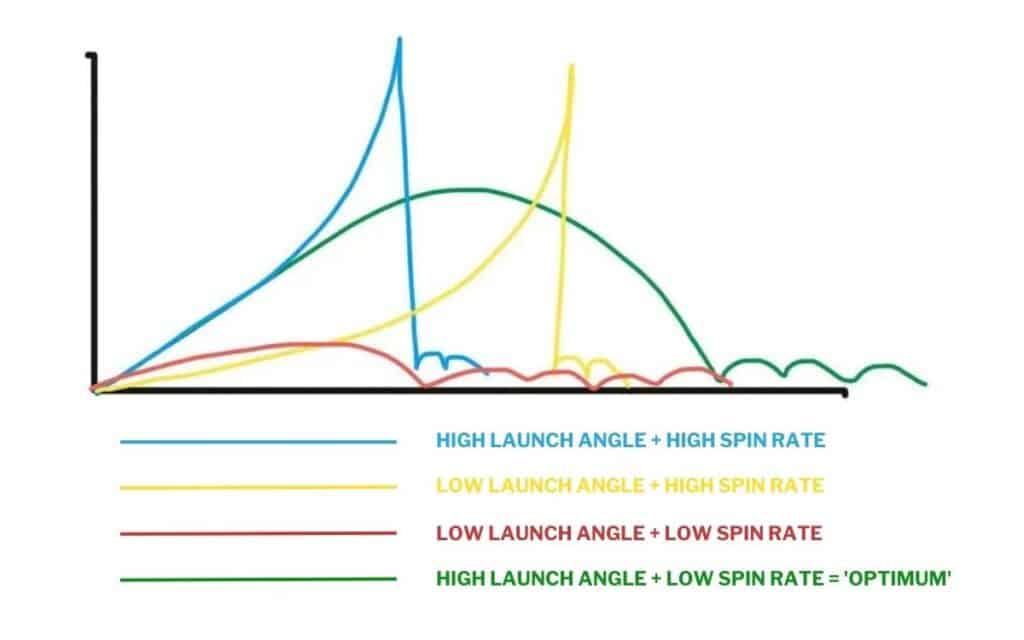
It is undoubtedly great that launch angle is a measurable number – and can be seen instantly by anyone using a launch monitor when they hit a drive – but unfortunately the golf swing is a complicated beast with no one identical to another.
As a result, and as we have already emphasized, it is not possible sadly to give one single best ‘launch angle’ number for the most distance that applies to everyone in the same way that we can say ‘par’ is the target for every player on every hole.
Neither can we also simply say you should just keep aiming for as high a launch angle as possible.
Because when it comes to the optimal launch angle that lets you hit the ball as far as you can there is no one size fits all as it must be combined with the second piece of the right ‘launch conditions’ puzzle – namely ‘spin rate’
“If someone is looking to optimise their tee shots what do you think is a good place for them to start, if they are trying to hit up on the golf ball?”
“Tee it higher. It’s so simple but I try and tee the ball up as high as I am comfortable with …. that was one of the big things for me even from a kid. Tee the ball up and get it up in the air. It’s all about carry.”
Rory McIlroy in conversation with Me and My Golf
Do You Want High or Low Spin on a Driver? Go Low But Not Too Low!
As we already know hitting your driver with a ball speed matched with the right ‘launch conditions’ is key to maximising both the carry and total distance you hit the golf ball.
And with launch angle being the first part of the launch condition equation the second part we are now going to focus on is ‘spin rate’ which is a measure of the amount of spin on the golf ball immediately after impact.
As a whole less spin and a low spin rate means more distance with driver. For most distance drives should be hit with ‘low’ spin rates under 2500rpms to reduce drag on the ball and allow it to roll more. ‘High’ spin rates over 3000rpm are good for accuracy but not distance although spin rates under 1500rpms are too low.
For example, Trackman’s study of the ‘Average Male Amateur’ (AMA) below illustrates that, based on his average attack angle of -1.6º and playing in normalized conditions of 75ºF, 75% humidity and zero altitude, he hits drives with too high a spin rate compared to what is optimal and partly as a result of this loses 24 yards of carry and 29 yards of total distance.
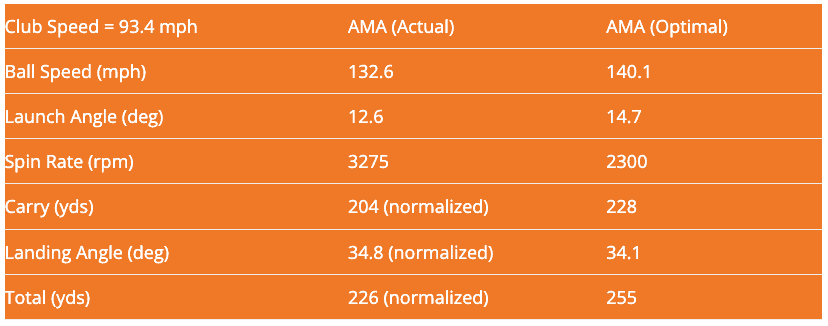
Once again we would emphasize that spin rate numbers, as is the case with the launch angle data we covered above, should not be considered in isolation but this analysis helps to highlight the general rule that more spin with your driver will reduce the distance you will hit the ball.
But beyond the data why does spin rate matter at all in practical terms when it comes to distance?
Every time you use a golf club it imparts backspin – a ‘spin rate’ – on the golf ball as it makes contact simply due to there being loft on it.
Then as the loft of the club you use increases so does the spin rate number.
Therefore wedges in general have higher spin rates than short irons which in turn have higher spin rates compared to long irons and so on and so on all the way up to the driver.
And a high spin rate typically means your ball will not roll very far which then makes it perfect sense for us to use our wedges to pitch and chip as they are the clubs that produce the most spin and therefore don’t run very far when they hit the green.
But when it comes to hitting the driver every player wants, or certainly should want, to hit it the maximum possible distance they can – and ideally down the middle of the fairway!
That is why therefore we don’t want to have high ‘spin rate’ numbers – or high amounts of backspin – when it comes to our tee shots as we want the ball to roll out as much as possible to add to the carry distance we hit it.
But as we keep saying, and as every golfer is very aware, each swing is as personal to them as their own voice and therefore everyone hits their driver with a slightly different ‘angle of attack’ and ‘launch angle’ both of which are directly connected to spin rate.
And given the data we have already seen in the Trackman chart above – highlighting the optimal ‘launch conditions’ for players with differing driver swingspeeds and an attack angle’ of 0º – the ideal spin rates change as the swingspeed changes.
To maximise distance slower driver swingspeeds, which typically result in slower ball speeds, need higher spin rates to ensure the ball stays airborne for longer while the higher ball speeds often closely linked with higher clubhead speeds require lower spin rates to reduce drag on the golf ball.
All things being equal more swingspeed will also increase spin rate.
Further driver spin rates are also hugely impacted by the area on the club face that you actually strike the ball with high spin numbers usually caused by golfers striking the golf ball on the top of the club face and/or towards the heel.
By comparison hitting the ball in the centre or slightly above the midline and towards the toe is associated with lower spin rates.
And remember as we run through all this Trackman’s graph above is dealing only with the scenario when a golfer’s angle of attack is 0º!
The spectrum of attack angles, and therefore launch angles that directly impact on spin rates together with an individual’s swingspeed are wide and varied, and therefore when it comes to figuring out the best launch angles and spin rates for different driver swingspeeds there are clearly a few variables that need to be considered at the same time.
“A lot of players will say I hit my driver super high and that’s because they’re probably hitting a bit down on the driver or they’re maybe hitting the low part of the head and the ball is climbing up with spin … It’s all about achieving the right launch conditions.”
Tour Golf Experience (TGX)

Best Launch Angles & Spin Rates for Different Driver Swingspeeds
To recap the three most important factors for driver distance are ball speed, launch angle and spin rate.
And the best mix of these elements is primarily dictated by an individual golfer’s swingspeed and attack angle at impact.
Given the variety of swings and standards of golfer it therefore follows that when it comes to answering the question of what the best launch angles and ideal spin rates are for driver distance for players with different swingspeeds there is no one answer that will apply across the board for everyone.
The optimal ‘launch condition’ numbers that produce maximum driver distance change for each player and indeed they also change for each club.
For the average male amateur with a swingspeed of 93.4mph and attack angle of -1.6º the best launch angle and ideal spin rate to maximize both carry and total distance is 14.7º and 2300rpms according to Trackman. Combined with an optimal ball speed of 140.1mph a drive would carry 228 yards and roll out to 255 yards.
The average male amateur (AMA) golfer is one very specific player as we know though and there are a huge amount of golfers who have different driver swingspeeds of 70, 80, 90, and over 100mph who also want to know what the optimal launch angles and ideal spin rates are for them.
For this data True Spec Golf, Golf.com’s sister company and one of the world’s leaders in custom club fitting and building, have done the hard work for us in combination with Trackman.
And the table below highlights the ranges of launch angles and spin rates that they indicate are best for golfers with different driver swingspeeds from below 70mph all the way through to very fast clubhead speeds of 105mph and above.
| DRIVER CLUB /SWINGSPEED (mph) | BEST LAUNCH ANGLE (Degrees) | IDEAL SPIN RATE (RPMs) |
| Less than 72mph (V.slow) | 14º – 19º | 2600-2900 |
| 72 – 83mph (Slow) | 14º – 19º | 2600-2900 |
| 84 – 96mph (Average) | 13º – 16º | 2400-2900 |
| 97 – 104mph (Fast) | 12º – 16º | 2000-2500 |
| 105mph+ (V.fast) | 10º – 16º | 1750-2300 |
As with any generic ‘launch condition’ stats however everyone is always at pains for golfers to remember that recommended guidelines numbers can only ever be just that – a recommended guide.
The above data for example does not highlight the different angles of attack that they cover and as such if you find yourself not fitting neatly into these buckets it doesn’t automatically mean your current launch angles and spin rates are wrong when it comes to working out what will let you hit the ball as far as you can.
Taking one quick look at more detailed launch condition numbers directly from Trackman below we can quickly see how for golfers with very different driver attack angles from 5º through to -5º the optimal launch angles and spin rates vary significantly for golfers of the same swingspeed.
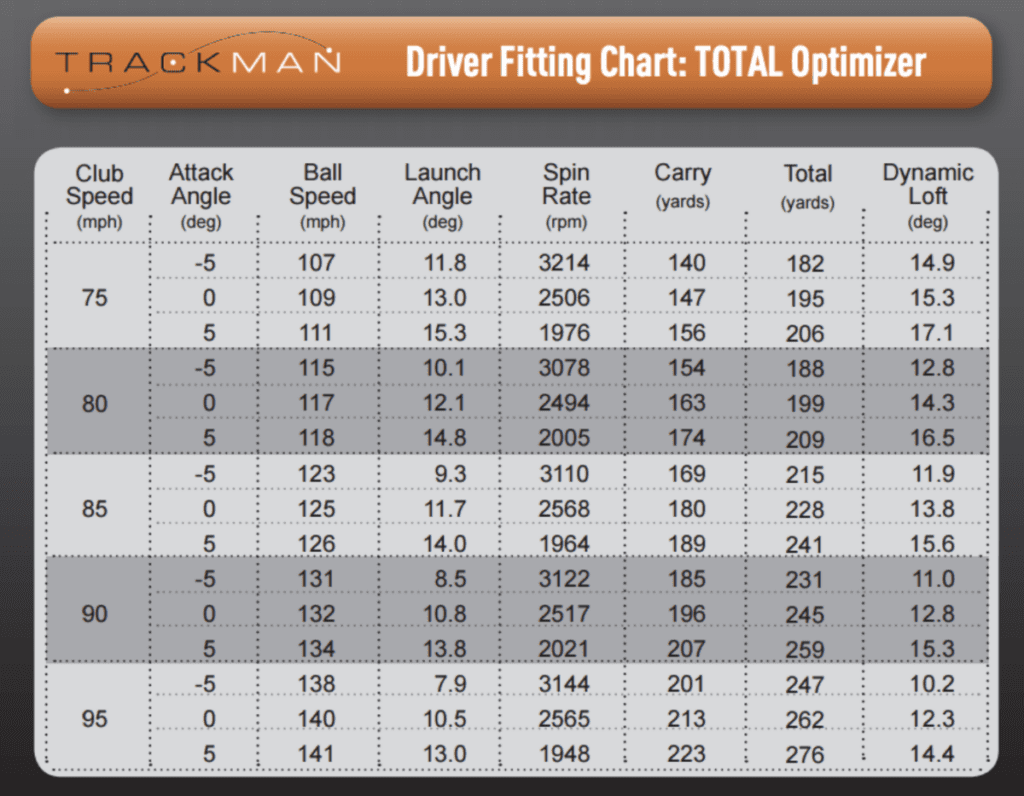

Because when a golfer has a negative angle of attack for example more loft is required to launch the ball high. But if you increase the loft without changing the attack angle you generate more spin and that reduces the smash factor and therefore the distance you hit the ball.
Pro tip: Ball speed is often judged by ‘smash factor’ which is calculated by dividing ball speed by club/swing speed. The closer the smash factor to the perfect score of 1.5 the better the energy transfer from the club to the ball.
Not only do golfers have different attack angles but they also have different release patterns, preferences, and all sorts of other swing vagaries that impact their optimal launch condition numbers that maximize how far they hit their driver.
And all of this is also before we even get on to the subject of the different conditions we all play in all the time and their effect on distance!
[Editor’s note – For a complete review of how much conditions can help a ball to fly further or reduce distance check out our great coverage of this topic here.]
So as we can clearly see there are a few elements that have to be factored in when it comes to assessing what is the best launch angle and spin rates for distance for golfers with different driver swingspeeds.
It is important to remember though that for all the data that modern launch monitors have given us to help us more tangibly analyze what every player needs to do to hit the ball as far as they can, it is also easy to get lost in a sea of numbers and potentially make an already complicated game even more so.
In short therefore when it comes to the ideal ‘launch conditions’ for golfers you can instead choose to keep in the mind straightforward mantras to help you drive the ball as far as you can.
‘Launch it high and spin it low’ or ‘Tee it high and let it fly’ are two good ones.
For players with slower driver swingspeeds it can also help simply to remind yourself that for most driver distance you must get the ball up in the air as quickly as possible because spin rate has less effect on the flight of the ball at low speeds and therefore launch angle then becomes the main factor for optimizing distance.
Another straightforward way to spot if your spin rate is potentially too high, and therefore causing you to lose distance, is to just watch the height of your tee shots.
Drives hit with a lot of backspin tend to rise very high into the air.
Whatever your swingspeed and standard of play however we would always recommend getting a lesson or going to a recognised club fitter to help you understand and achieve the optimal balance of launch angle and spin rate based on your driver swing and ball speed that will maximise your driver distance.
Every player that wants to improve and score better should be looking to increase their distance and good golf teachers and club fitters understand the swing mechanics behind the launch monitor numbers and will help you more quickly understand why you hit the ball as far as you do and what you can do about it.
They will also stop you on occasion from making decisions based on myths that not only cost you money but don’t help you hit the ball further either.
For example experienced club fitters often tell stories of golfers coming to them asking for ‘low spin shafts’ in order to solve a problem with their overly high spin rate.
Expensive shafts are great and definitely impact a driver’s performance but they do not make nearly as much difference when it comes to spin rates and launch angles as angles of attack, where you strike the ball on the club face, your driver’s loft, head design and weight.
Good teaching instructors and expert club fitters know what factors will actually make a difference to your launch conditions to help you maximize distance.
So if you want to drive the ball further and have some money to spend we would always recommend spending it first on a personalised assessment of your own swing and driver.
It will cost you less money per extra yard in the long run!
[Editor’s note – For those of you interested in getting coaching from renowned golf instructors anywhere in the world GET 15% OFF ANY LESSON PURCHASE AND 15% OFF THE FIRST MONTH OF A SUBSCRIPTION at Skillest – https://golfingfocus.com/product/skillest-online-golf-coaching/ – BY USING OUR DISCOUNT CODE – GOLFINGFOCUS15.]
[Note – Just so you know, and we are upfront as an affiliate program participant, Golfing Focus, at no cost to you, earns from qualifying purchases made through links on this page.]
Other great articles related to this topic:
- How Far Should You Hit a Driver? FULL GUIDE By Age, Handicap etc.
- How Far Should Your Driver Swingspeed Go? 60 to 120 mph Guide
- Why Don’t Your Drives Go Far? Slow and Steady Loses the Race
- Where is the Sweet Spot on the Driver Face? Take the High Road
- How Far Should Your Ball Speed Go? 100mph All the Way to 210mph!
- Should Beginners & High Handicappers Use a Driver? Yes & Yes
- Going the Distance? How Far Should Beginners Hit A Golf Ball?
- How Far Should You Hit Your Wedges? Be Sure to Fill the Gaps!
- How Far Should I Hit My Irons? By Handicap, Age & Swingspeed
- How Far Should I Hit My Hybrids? 2 vs 3 vs 4 Hybrid Distances
- How Far Does a 3 Wood vs 5 Wood Go? Tee and Approach Shots!
- How Do Pros Hit the Ball So Far? It’s Not About the Equipment!
- How Far Do Pro Golfers Hit Each Club?
- What Driver is Most Used On the PGA Tour? Top 100 Player Analysis
- Most Popular Driver on LPGA Tour? Top 50 Player Guide
- Do Distance Golf Balls Go Further? Marketing Matters
- Do All Golf Balls Go the Same Distance? Physics First
- Are Driving Range Distances Accurate? Golf Balls are a Problem
- Should I Get Fitted for Golf Clubs Before Lessons? Get Both Together
- Best Places to Get Fitted for Golf Clubs – Full Guide (with Best Fitter Search List)
RECENT ARTICLES
LEGAL INFORMATION
This site is owned and operated by Golfing Focus Limited, a private limited company whose registered office is in London, UK. Golfing Focus Limited is a participant in the Amazon Services LLC Associates Program, an affiliate advertising program designed to provide a means for sites to earn advertising fees (at no cost to you) by linking to Amazon.com. Golfing Focus Limited also participates in other affiliate programs with the eBay Partner Network, FlexOffers, CJ.com, Svorn and other sites and is compensated for referring traffic and business to these companies (again at no cost to you).
Our Socials

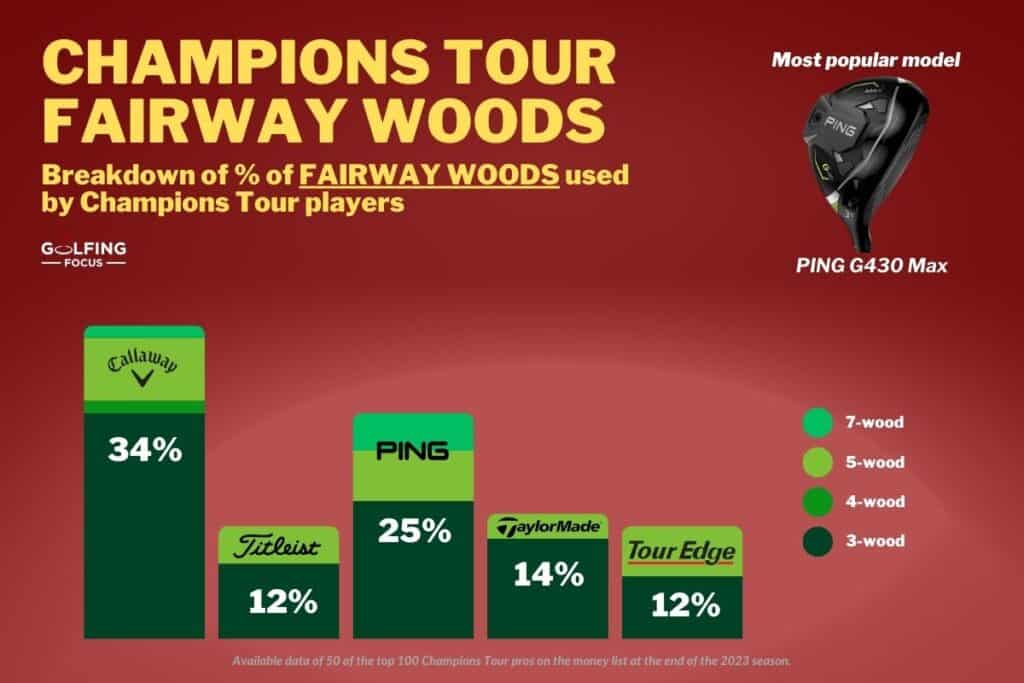
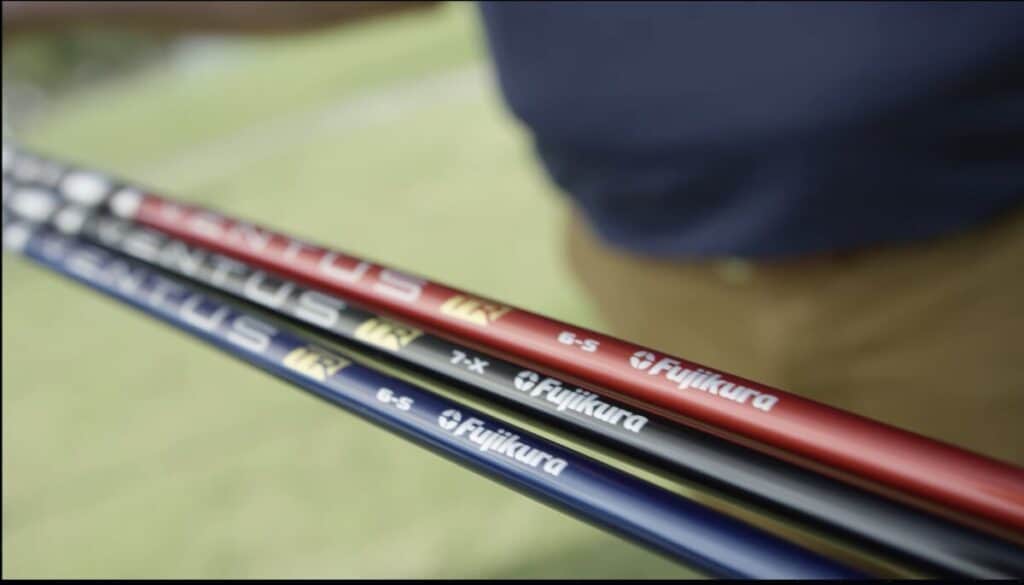
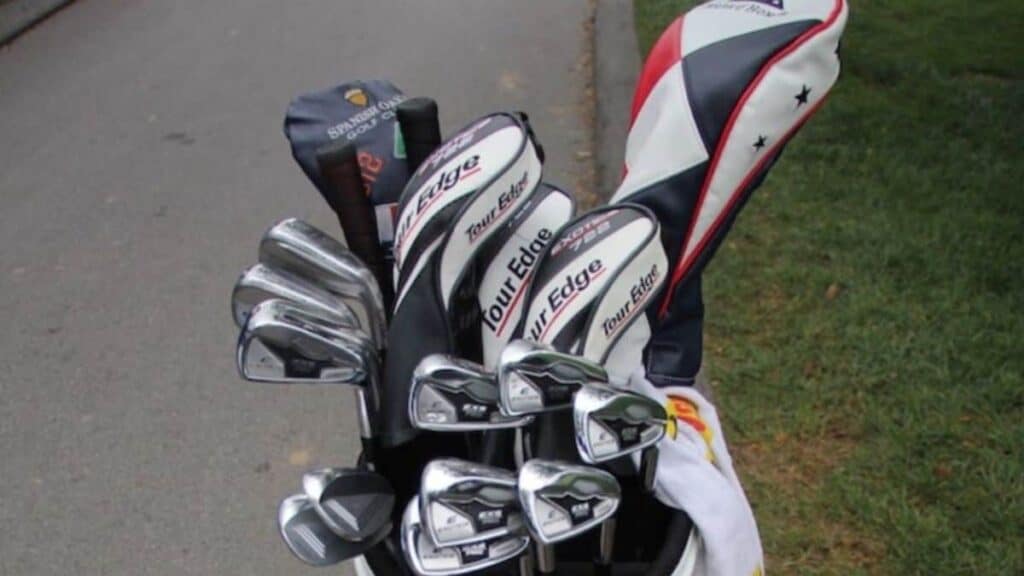
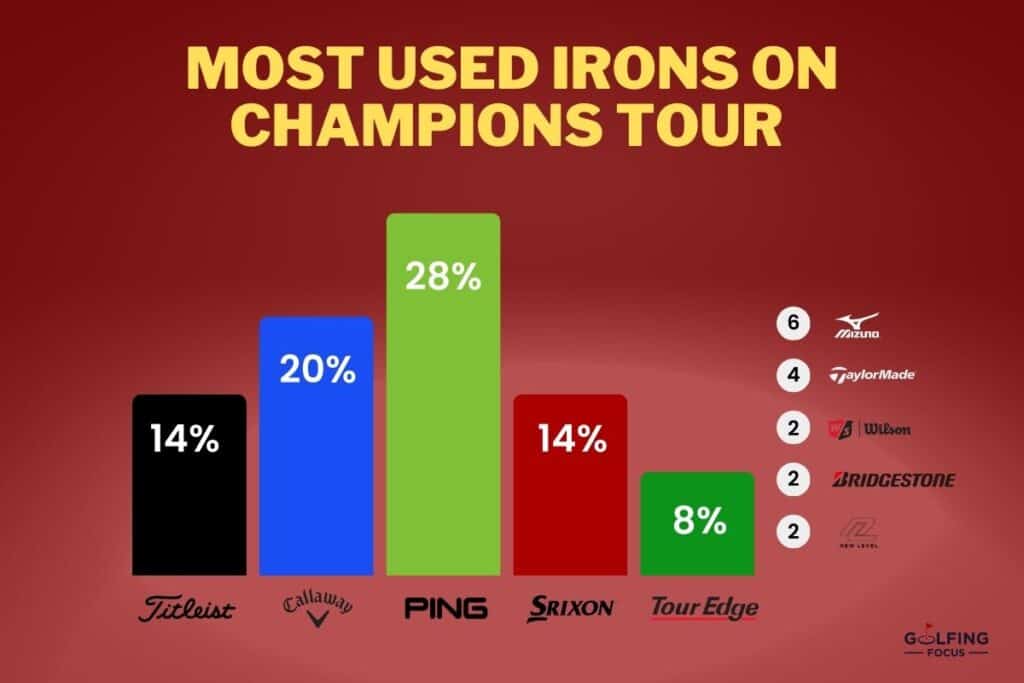
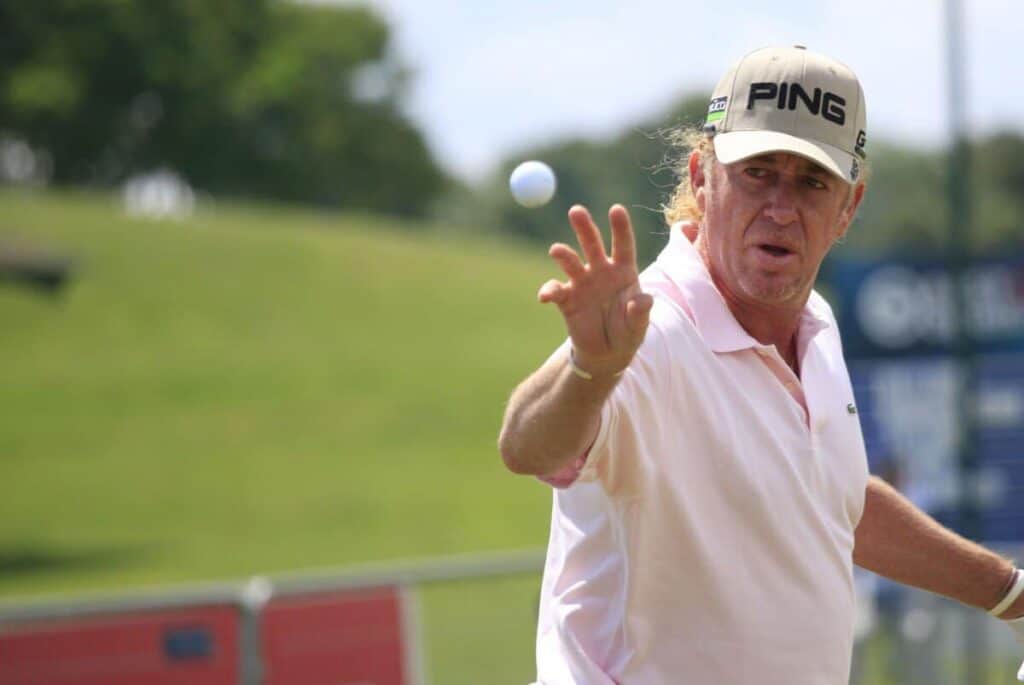
Leave a Reply